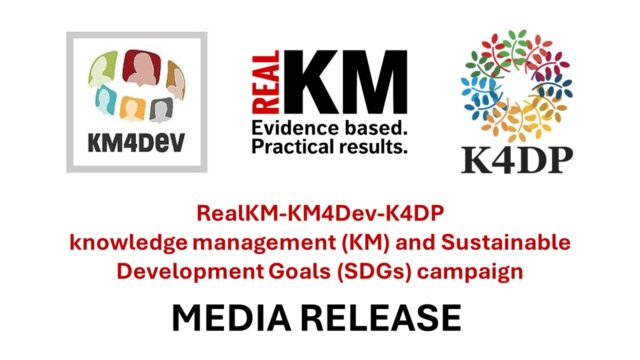
Planning and strategy development in the face of complexity series (part 8): Move from prescriptive to flexible planning modes
This article is part 8 of a series of articles featuring the ODI Background Note A guide for planning and strategy development in the face of complexity.
It may be appropriate to use forms of planning that do not specify a single route but identify options and cater for different possible outcomes. Plans or strategies that prescribe one single and detailed path to be followed demand considerable effort and are difficult to elaborate with many (and heterogeneous) partners. In addition, they are not useful if contexts are likely to change or if the influence of external players and factors is overwhelming (e.g. in the case of smaller projects). And they are inappropriate if the desired results in the future are not yet known (as is the case in many social change processes) or if several routes could be taken to reach these results.
One way to resolve this is to formulate clear principles for action (using ‘if, then’ statements), which guide implementation and provide a benchmark for future performance. In this way, decision-makers can be clear about the principles (‘simple rules’) for future decision-making, while having a positive effect on cognitive efforts and encouraging adaptive responses. In practice, this could mean holding units accountable for precise functional descriptions, with ‘role clarity and task ambiguity’ achieved by defining roles sharply while giving teams latitude on the approach to follow. Alternatively, implementing partners could receive funding on the basis of, and evaluated against, key principles or missions.
Another option is an ‘evolutionary’ approach, whereby a plan is not seen as single ‘big bet’ but rather as a portfolio of experiments, by setting an over-riding goal and then pursuing a diverse sets of plans simultaneously, each of which has the potential to evolve. We could also adopt a ‘breadth first’ approach with ‘trial and error’ as the central aim of the initial stage of implementation, to encourage parallel testing of a variety of small-scale interventions.
Another approach sees plans and strategies as elaborated only partially up-front and ‘grown’ gradually, pivoting around elements of a desired future or promising leverage points for change. This consists of a sequence of intermediary outcomes linked by causal relationships, within which potential pathways to change can be found. This ensures flexibility and helps to keep plans and strategies operational even if the final objectives are unclear. This is advantageous when dealing with many actors or situations at once, because several alternatives can be pursued while keeping a focus on joint objectives.
As a consequence, the actual strategy pursued is a mixture of pre-defined intentions and new orientations that emerge gradually as new facts or learning are revealed during implementation. It is important, therefore, to be conscious about what should be planned at the beginning – and what can be left open. Even though the final route remains open, such plans can provide sufficient orientation along the way, allowing actors to understand the developments that take place during implementation and to reflect on the potential consequences of their own actions.
Next part (part 9): Move from comprehensive to diversified planning.
See also these related series:
- Exploring the science of complexity
- Managing in the face of complexity
- Taking responsibility for complexity.
Article source: Hummelbrunner, R. and Jones, H. (2013). A guide for planning and strategy development in the face of complexity. London: ODI. (https://www.odi.org/publications/583-exploring-science-complexity-ideas-and-implications-development-and-humanitarian-efforts). Republished under CC BY-NC-ND 4.0 in accordance with the Terms and conditions of the ODI website.
Header image source: rawpixel on Pixabay, Public Domain.




